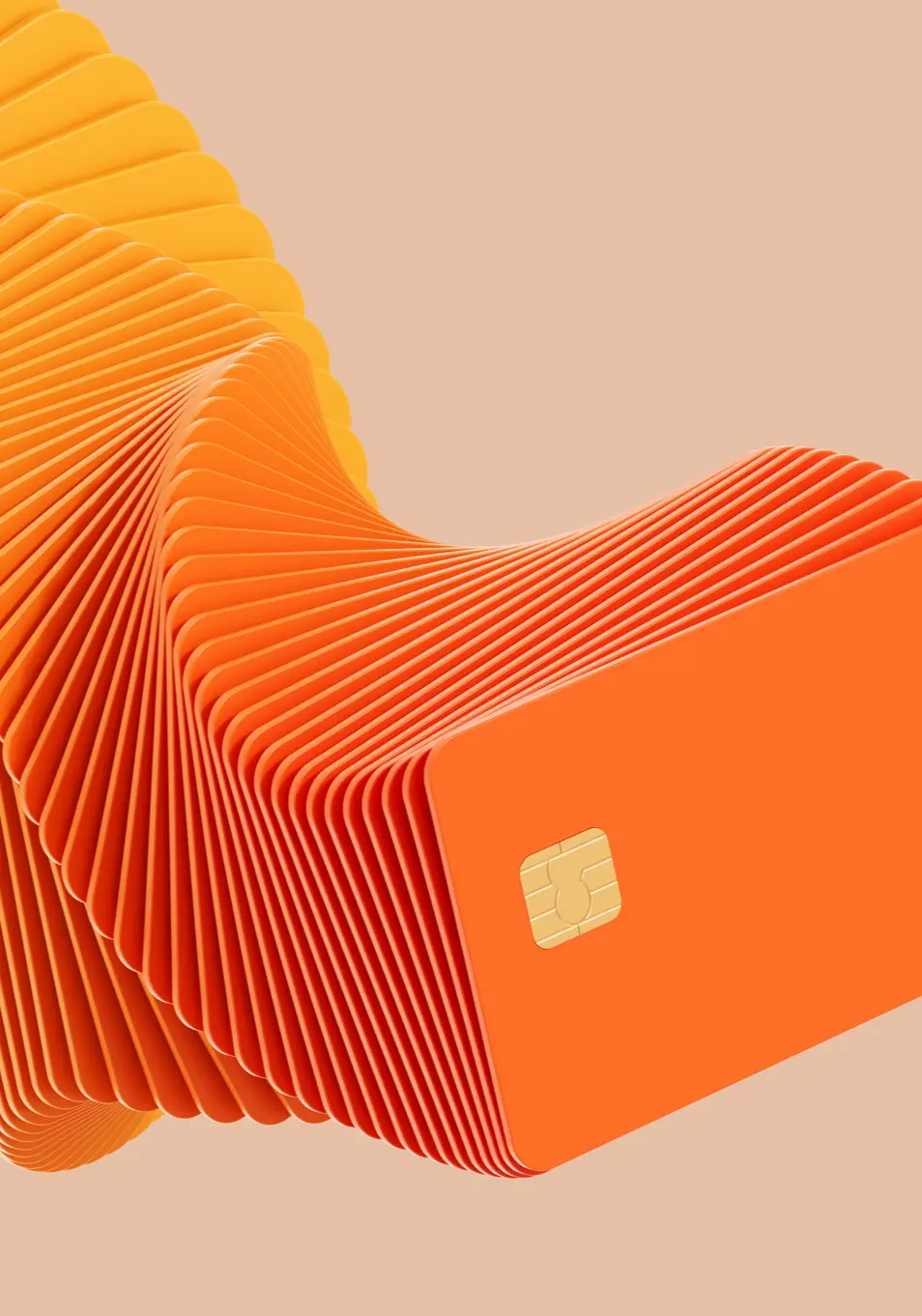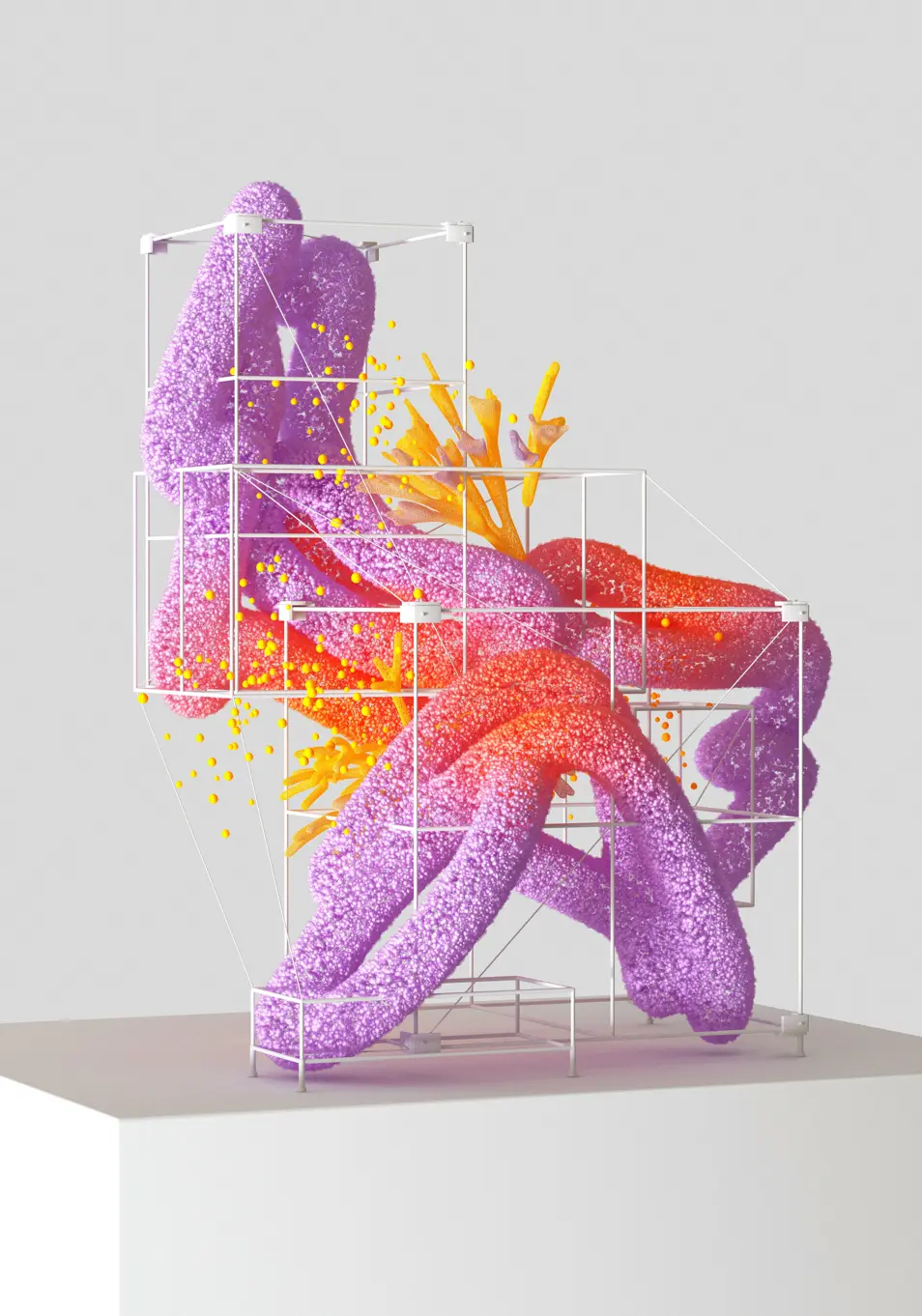The Who says D, also needs to say B.
Blockchain technology: Hyped up by many, understood by few. But the truth is, this technology will have a real impact across all areas of defense, space and public services. Especially in the realm of drones Blockchain can be the gamechanger.
The Drone Revolution in Defense: Navigating Challenges and Opportunities
As unmanned aerial vehicles (UAVs) rapidly transform modern warfare and defense, they bring both unprecedented capabilities and significant challenges. Let’s explore three key problems emerging from this drone revolution, and three potential solutions that could shape the future of military UAV operations.
Problems:
- Cyber Vulnerabilities: As drones become more networked and software-dependent, they become prime targets for cyberattacks. A successful hack could compromise entire fleets, turning our own weapons against us.
- Ethical Concerns: The perceived detachment of drone warfare, with operators removed from physical danger, could lower the threshold for armed conflict. This raises serious ethical questions about the nature of modern combat.
- Data Integrity and Trust: The reliability of intelligence gathered solely through drone feeds is a growing concern. How can we ensure the integrity of this data and prevent manipulation or misinterpretation that could lead to flawed decision-making?
Solutions:
- Blockchain-Enhanced Security: Blockchain technology offers a promising solution to drone cybersecurity. Its decentralized and cryptographically secure nature could provide tamper-proof logging of drone activities and secure communication channels, significantly enhancing the integrity of drone operations.
- Smart Contract Governance: Blockchain smart contracts could enable more sophisticated and transparent rules of engagement to be hard-coded into autonomous drone systems. This could help ensure ethical use and provide greater accountability in drone operations.
- AI-Powered Data Verification: Advanced artificial intelligence systems could be deployed to cross-verify data from multiple drone sources, detect anomalies, and provide more reliable intelligence synthesis. This could significantly improve the trustworthiness of drone-gathered information.
As one expert in the field noted, “The future of defense may be in the skies, but its success will depend on the wisdom we apply on the ground.” By proactively addressing these challenges with innovative solutions, we can harness the full potential of military drone technology while mitigating its risks.
The path forward will require collaboration between technologists, ethicists, policymakers, and military strategists. Only through this multidisciplinary approach can we ensure that the drone revolution enhances our security without compromising our values or introducing new vulnerabilities.
Blockchain's decentralized and cryptographically secure nature makes it well-suited for enhancing the security and integrity of drone operations.
The integration of blockchain technology with drone systems makes sense for several compelling reasons:
Enhanced Security
Blockchain’s decentralized and cryptographic nature significantly improves the security of drone operations:
- Secure Communication: Blockchain provides a secure platform for communication between drones and ground stations, protecting against various cyber-attacks such as replay, man-in-the-middle, and impersonation attacks[3].
- Data Integrity: The immutable nature of blockchain ensures that data collected and transmitted by drones remains tamper-proof, which is crucial for applications like wildlife monitoring and healthcare services[2][3].
Improved Collaboration and Consensus
Blockchain facilitates better coordination among multiple drones:
- Swarm Coordination: In drone swarms, blockchain can be used as a communication tool to broadcast instructions securely, improving the consensus achievement process[1].
- Byzantine Fault Tolerance: Blockchain helps in managing multi-drone collaboration, especially in the presence of Byzantine (malicious or faulty) drones, ensuring reliable consensus even when some drones are compromised[1].
Enhanced Transparency and Accountability
Blockchain’s transparent nature benefits drone operations:
- Audit Trails: All drone activities and data exchanges can be recorded on the blockchain, creating an immutable audit trail that enhances accountability and trust[4].
- Regulatory Compliance: The transparent nature of blockchain can help in demonstrating compliance with aviation regulations and data protection laws[5].
Efficient Resource Management
Blockchain can optimize drone operations:
- Energy Efficiency: By improving the coordination and data sharing among drones, blockchain can contribute to more energy-efficient operations, which is crucial for extending flight times and mission capabilities[1].
- Smart Contracts: Blockchain-based smart contracts can automate various aspects of drone operations, from mission assignments to data sharing protocols[5].
Data Management and Analytics
Blockchain enhances data handling in drone systems:
- Big Data Analytics: The integration of blockchain with big data analytics can improve data management and decision-making in drone applications[4].
- Access Control: Blockchain-based access control mechanisms ensure that only authorized entities can access and manipulate drone data[2].
Autonomous Operations
The combination of blockchain and AI enables more autonomous drone operations:
- Intelligent Decision Making: AI algorithms running on blockchain can enable drones to make more informed and secure decisions autonomously[5].
- Drone-as-a-Service (DraaS): Blockchain and AI integration enhances the capabilities of DraaS, making it more secure, efficient, and autonomous for various commercial applications[5].
In conclusion, the integration of blockchain with drone technology addresses critical challenges in security, collaboration, data management, and autonomous operations. This synergy creates more robust, secure, and efficient drone systems, opening up new possibilities in various fields such as environmental monitoring, healthcare, and commercial services.
Citations:
[1] https://www.semanticscholar.org/paper/ed23dcea11f08d853bf20972059e0210602dc31a
[2] https://www.semanticscholar.org/paper/6302f58618c9d2dfd531fbad3b466eaea77e01fe
[3] https://www.semanticscholar.org/paper/30484fb2d25aff1b449d37be69844008888d5441
[4] https://www.semanticscholar.org/paper/80d427cef27d4ba7d28b7b5201d30e03d4665acf
[5] https://www.semanticscholar.org/paper/443625b8d4a0768b63861db7c7279bc8eff9c924
Who says D, also needs to say B. Why you cannot think drones without Blockchain.
Blockchain in Action: Real-World Scenarios and Use Cases
Let’s get practical and dive into concrete scenarios and use cases that highlight the transformative power of blockchain. Imagine focusing solely on drones without considering blockchain-enabled data security and interoperability features. You’d be missing out on a critical piece of the puzzle—something truly game-changing.
Blockchain Integration in Advanced Defense Drone Ecosystems: A Strategic Imperative
When examining military drone technology in isolation, we risk overlooking the transformative potential that emerges at the intersection of unmanned aerial systems and distributed ledger technology. The integration of blockchain introduces dimensions of security, privacy, and trust that fundamentally reshape our understanding of autonomous aerial defense operations.
Consider these sophisticated implementations where blockchain’s absence would significantly compromise military capabilities:
Battlefield Communication Networks
Within contested airspace, where reconnaissance drones operate alongside ground forces in complex theaters of operation, traditional communication networks harbor critical vulnerabilities. Blockchain-based steganography transforms this paradigm by embedding mission-critical intelligence within seemingly routine signal traffic, creating an invisible yet immutable layer of operational security. This architectural approach proves invaluable for defense organizations where the convergence of absolute privacy and command authenticity determines mission success or failure.
Multi-Domain Battle Management
In the emerging realm of multi-domain operations, where drones serve as critical nodes in the broader combat network, blockchain emerges as the essential command and control backbone. Consider a tactical scenario requiring seamless coordination between aerial assets and ground-based defense systems—blockchain enables secure, instantaneous communication while establishing trust models that eliminate traditional vulnerabilities in the kill chain. Smart contracts, operating within this framework, introduce sophisticated possibilities for autonomous target verification and friend-or-foe identification—considerations crucial for maintaining tactical advantage in contested environments.
Combat Swarm Intelligence
Perhaps most intriguingly, blockchain’s role in trust management for combat drone swarms illuminates the technology’s transformative potential in modern warfare. The implementation of consensus mechanisms and reputation systems through distributed ledger technology creates a security framework that enables reliable collective decision-making while maintaining individual drone accountability. This architecture proves particularly valuable for military organizations deploying large-scale autonomous aerial operations where coordinated action must be balanced with stringent operational security protocols.
Counter-UAS Defense Systems
The integration of blockchain-based authentication mechanisms represents a quantum leap in defense against adversarial drone systems. By establishing robust identity verification protocols and immutable audit trails, military organizations can protect their aerial assets against sophisticated spoofing attacks while maintaining operational tempo. The decentralized key management systems enabled by blockchain technology introduce a security paradigm that transcends traditional electronic warfare vulnerabilities.
These implementations underscore how blockchain technology doesn’t merely enhance military drone operations—it fundamentally reimagines their security and operational paradigms. For defense strategists, the question becomes not whether to integrate these technologies, but how to optimize their implementation for maximum tactical advantage.
The pertinent consideration for military leadership becomes: How might this technological convergence create asymmetric advantages that remain unexplored in modern warfare doctrine? As autonomous systems proliferate across contested domains, those who master this synthesis of blockchain and drone technology may well define the parameters of tomorrow’s military superiority.




